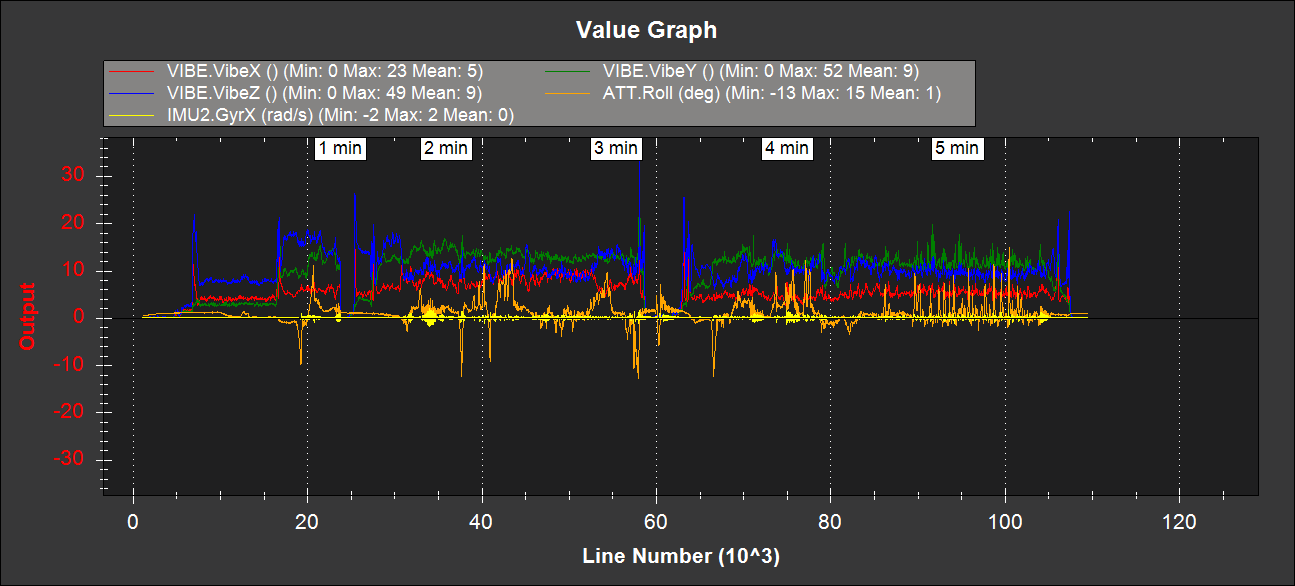OK so I may have been hasty with my point. thanks for keeping me honest. cyclic is used to tilt the tip path plane to overcome the rotor response to forward airspeed (i.e. dissymetry of lift) and keep the thrust vector tilted forward. Allowing the rotor to flap can also be use to balance dissymetry of lift which is done in the case of a gyro copter which lives in a state of autorotation. Athough they are being pushed through the air by a propeller.
So the challenge becomes keeping the nose down attitude to maintain forward flight with the rotor in a blow back state. So collective pitch can be increased on the aft rotor(s) and decreased on the forward rotor(s). As long as the rotors are interconnected as one increases torque due to increased collective pitch, that load will be shared and rotor speed will be maintained at some equivalent state between the rotors.
This is just a design consideration. Keep the arms long enough to overcome this issue.
Again if they are interconnected how will the rear stall. it is using the front rotors to power it.
So I always appreciate your insight. You bring up many good points for design consideration for the CP quad. I’m not sure, but maybe you do, have the data to show that what I’m suggesting won’t work. My point is that autorototation is the state of using airflow through the rotor disk to maintain rotor speed. autogyros show that longitudinal cyclic is not required to maintain the rotor in a state of autorotation but flapping is required to account for the dissymetry of lift in forward flight. I think your point is that a successful autorotation in practice requires some forward airspeed to allow for the transition from descent to landing and in conventional helis that means longitudinal cyclic. But I don’t think it is out of the realm of possible for CP quads to perform autos to touchdown. Key design considerations include
Interconnected rotors
higher inertia blades
keeping the blades away from the fuselage
Great discussion!


